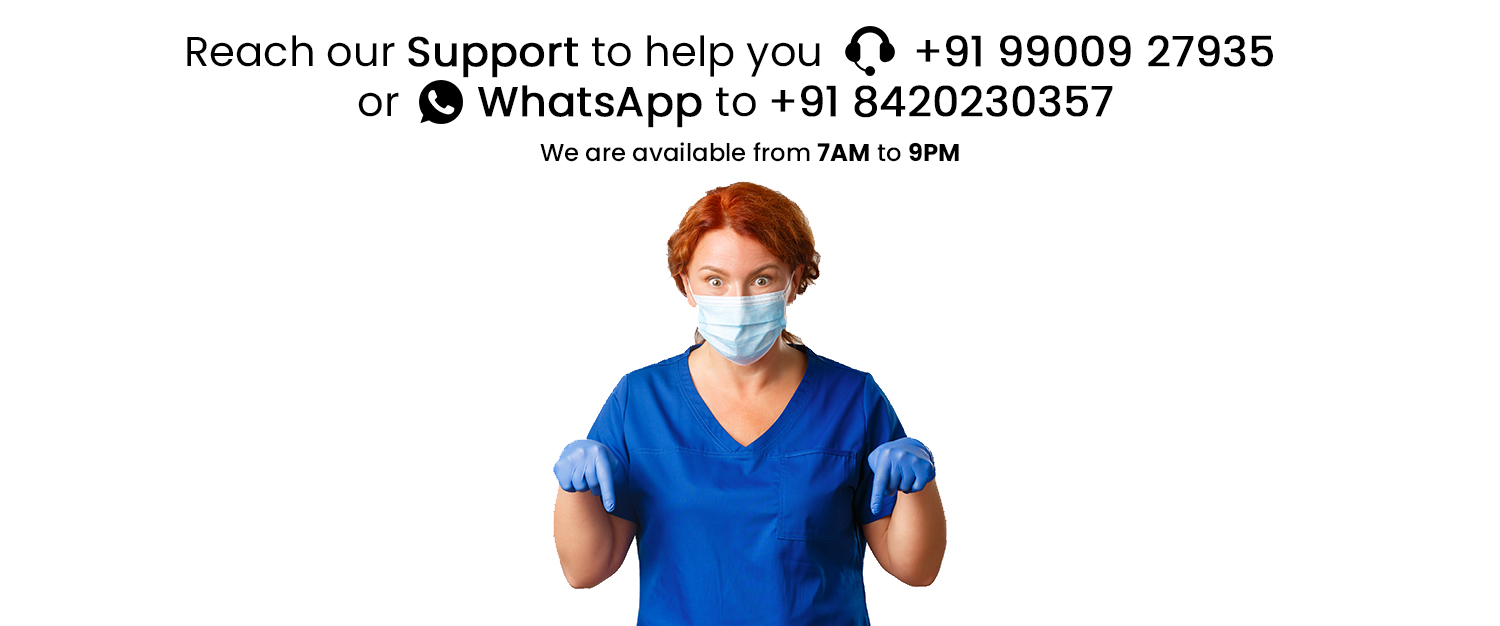Hypertension in Telemedicine
Definition : Hypertension is defined as persistently elevated blood pressure (Systolic BP above 140mmHg and Diastolic BP above 90mmHg).
Risks of Hypertension : Blood is carried from the heart to all parts of the body through arteries. Increased blood flow due to raised BP causes increased pressure on the arterial walls and also on the organs. The two main organs affected by prolonged hypertension are the heart and kidneys.
Cardiovascular risk – Hypertension is the most prevalent cardiovascular disorder affecting 20-50% of the adult population worldwide. Prolonged hypertension has been shown to increase incidence of
- Coronary Heart Disease including Myocardial Infarction (Heart Attack)
- Stroke or Cerebrovascular events
- Heart Failure
- Atrial Fibrillation
Cardiovascular and stroke mortality increases linearly and progressively from BP levels as low as 115/75mmHg upwards.
Renal risk – Hypertension and kidneys share a bidirectional relationship. The kidneys participate in the development and maintenance of primary hypertension. Chronic Kidney Disease (CKD) is a leading cause of secondary hypertension; on the other hand hypertension can lead to renal damage and even CKD.
Other risks – Persistent hypertension has been shown to be a risk factor for poor cognitive functions including dementia. Also there is damage to the retinas as the increased arterial pressure causes structural changes in the microcirculation. Hypertension also increases risk of peripheral vascular disease (damage to the arteries of arms and legs).
Things to monitor : Apparently patients of hypertension are very easily monitored via Telemedicine. It seems that only the readings of systolic and diastolic BP are enough to monitor the patient. However, some points must be kept in mind during a consultation for both doctors and the patients.
History – While majority of hypertensive patients are suffering from primary or essential hypertension (don’t have any apparent cause), 5-10% patients have a specific underlying disease leading to their secondary hypertension. The most common causes of secondary hypertension include renal disease and pheochromocytoma (a tumour on the adrenal gland). Patients must not exclude any symptoms they are facing while the doctor takes a history. “Pain abdomen should be consulted with a Gastroenterologist and not a Cardiologist” will delay diagnosis.
Heart Rate – Hypertension may cause irregularities in heart rates. While Tachycardia (increased heart rate) may result from conditions like heart failure and atrial fibrillation, Bradycardia (decreased heart rate) can be due to heart blocks of various degrees. It is recommended for all patients to have a digital sphygmomanometer (BP monitor) at home. Along with the BP, these monitors also show the heart rate. During a tele-consultation, the patient must keep note of the heart rate, while it is the doctor’s duty to enquire the same.
Drug Intake – A wide range of drugs lead to a rise in BP including certain Chemotherapeutic agents, anti-inflammatory drugs, anti-depressants and many other groups of medicines. These must be accounted for during the tele-consultation.
Blood monitoring : Apart from the history and examination (as much as possible), investigations play a huge role in Telemedicine; as in direct consultations, maybe more important in Telemedicine to make up for the lack of clinical examinations. Apart from a routine complete haemogram, serum uric acid and a lipid profile must be ordered for all hypertensive patients at least twice a year. Keeping Metabolic Syndrome (high BP + high fasting blood sugar + high triglyceride + low HDL + obesity) in mind, overweight patients must also be screened for Diabetes Mellitus and Hypothyroidism.
For any patient with persistently abnormal heart rate (high or low), or complaining of palpitations, dizziness or blackouts, a 12 lead ECG must be ordered to rule out any arrhythmia (abnormal heart rhythm).
Therapies : Treatment of hypertension involves both pharmacological and non-pharmacological aspects.
Non-pharmacological – Brisk walking for atleast 30 minutes a day, 5 days a week must be advised to all hypertensive patients. Diet plans should be given following co-morbid conditions (high blood sugar, high cholesterol etc).
Pharmacological – A wide range of drugs are available to treat hypertension. Most of them are enlisted as List A or List B by Telemedicine Society of India (https://www.mohfw.gov.in/pdf/Telemedicine.pdf), hence can be prescribed through Telemedicine.
Limitations of Telemedicine : Alike any other disease, hypertension faces the same problem during tele-consultations – lack of physical examination. Pulse examination including the regularity and presence in peripheral vessels is one of the biggest challenges faced by a physician. Also, a fundoscopy to check the retinas cannot be done through Telemedicine.
Conclusion : Hypertension is a multi-systemic chronic disease affecting multiple organs. Though telemedicine has its limitations, in today’s pandemic situation it is probably the safest option. However, it will require efforts from both the patient and the physician to make the consultation successful.
About the Author

Dr. Abhijit Ray
- MBBS, MD (Int. Med.), ISHF, FACP, FRSM
- Holds Certificates from Johns Hopkins University
- Holds Certificates from Harvard Medical School
- Gold Medalist Advanced ECG Interpretation American Board of Cardiovascular Medicine







